

Engage prospects with a scan and streamline customer engagement with FREE QR code marketing tools by Sona – no strings attached!
Create a Free QR CodeFree consultation

No commitment

Engage prospects with a scan and streamline customer engagement with FREE QR code marketing tools by Sona – no strings attached!
Create a Free QR CodeFree consultation

No commitment
In today’s digitally driven world, QR codes have evolved from a novelty to a strategic powerhouse in bridging offline engagement with online action. Many food and beverage providers still struggle with missing high-value prospects and fail to capture customer intent at key touchpoints, often because anonymous visitors cannot be tracked or connected to real opportunities. QR codes represent an effective, frictionless method for QR code marketing to elevate customer experience, drive product transparency, and collect first-party data without the need for app downloads or complex technology stacks.
As packaging innovation takes center stage and smart packaging gains traction, food and beverage brands are leveraging QR code technology to turn every product into an entry point for mobile engagement. However, operational realities such as lack of visibility into who is actually engaging with physical touchpoints can mean losing insights into evolving demand, campaign effectiveness, or even regulatory compliance. Integrating QR codes creates new marketing opportunities and provides powerful tools for compliance, supply chain transparency, and sustainability, while capturing critical engagement signals that were previously lost in anonymous traffic.
This guide explores how food and beverage providers can harness QR code marketing strategies to transform packaging into a channel for real-time engagement, data-driven insights, and brand-building at scale, bridging the persistent disconnect between offline interactions and digital conversions.
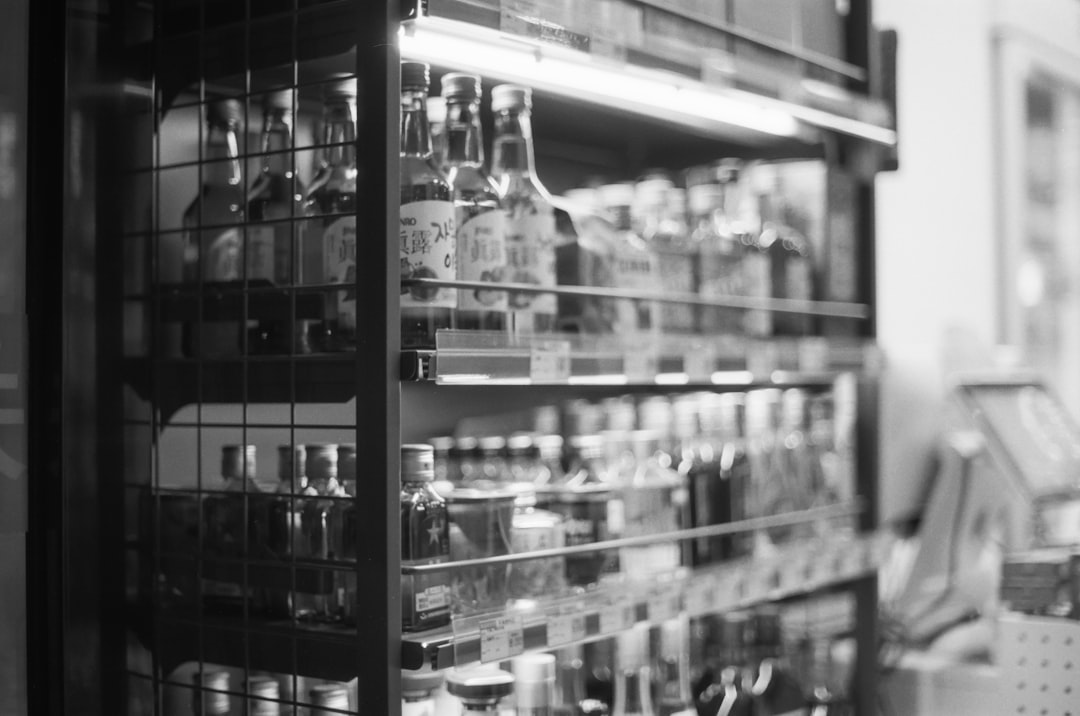
QR codes bridge the gap between physical touchpoints and digital outcomes. For food and beverage providers, this means every can, carton, menu, display, and receipt can become a doorway to product education, loyalty enrollment, reorders, and service. Outdated processes such as paper entry forms, static shelf talkers, or non-trackable coupons make it difficult to understand who engaged, what they wanted, and whether they converted. QR-enabled experiences remove that friction while adding measurable data that feeds your marketing engine.
Here’s how to do it effectively:
Food and beverage teams can reinvent product feedback and loyalty programs by replacing paper forms with QR-linked landing pages. This often multiplies response rates while surfacing previously anonymous engagement. End-to-end platforms like Sona QR can automate code generation, assign unique tracking parameters for each placement, and pipe enriched scan data to your CRM without manual effort.
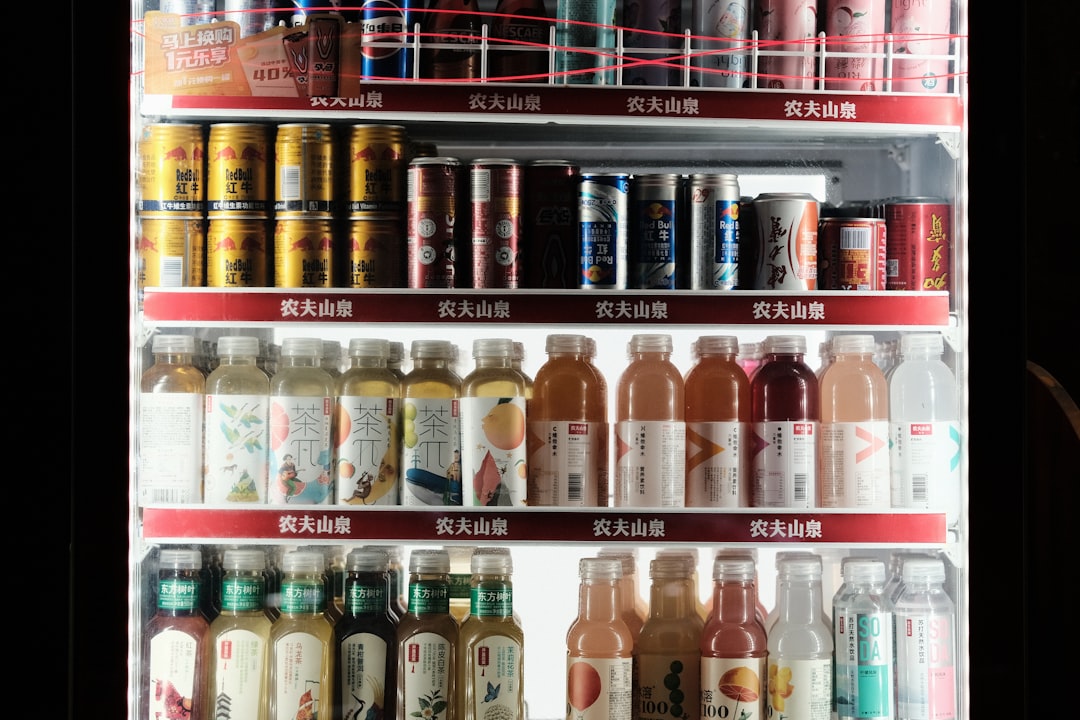
The food and beverage sector is uniquely physical, yet it increasingly depends on digital behavior for loyalty, reorders, and reviews. The biggest friction points appear where a consumer is interested but has no easy way to engage. Without QR codes, many brands cannot attribute which campaigns and placements work, what content customers are seeking, or how to reconnect with high-intent buyers. The result is missed revenue and limited insight into product-market fit.
QR codes solve these challenges across the most common materials in the category such as packaging, menus, POS materials, case packs, tap handles, window decals, and direct mail. By enabling instant action and trackable engagement from any surface, they let brands iterate on offers and messaging quickly and respond to regulatory changes, such as food labeling regulations. QR codes also capture first-party data in a privacy-safe way.
These advantages make QR codes essential in a category where every scan is a chance to educate, reassure, and convert. The ability to update information post-print is critical for allergen disclosures or sustainability reporting, and trackability shows which messages move shoppers from shelf to sale.
Food and beverage brands can deploy different QR formats depending on the desired action. Each format supports distinct use cases, so align your choice with what you want the customer to do after scanning and the context in which they are scanning.
Static codes have fixed destinations and are best for evergreen pages like a permanent allergen hub. Dynamic codes let you edit the destination without reprinting, add UTM parameters, and track scans. For most marketing and compliance use cases, dynamic is preferred. Platforms like Sona QR let you generate, manage, and update all formats from one dashboard while preserving historical analytics.
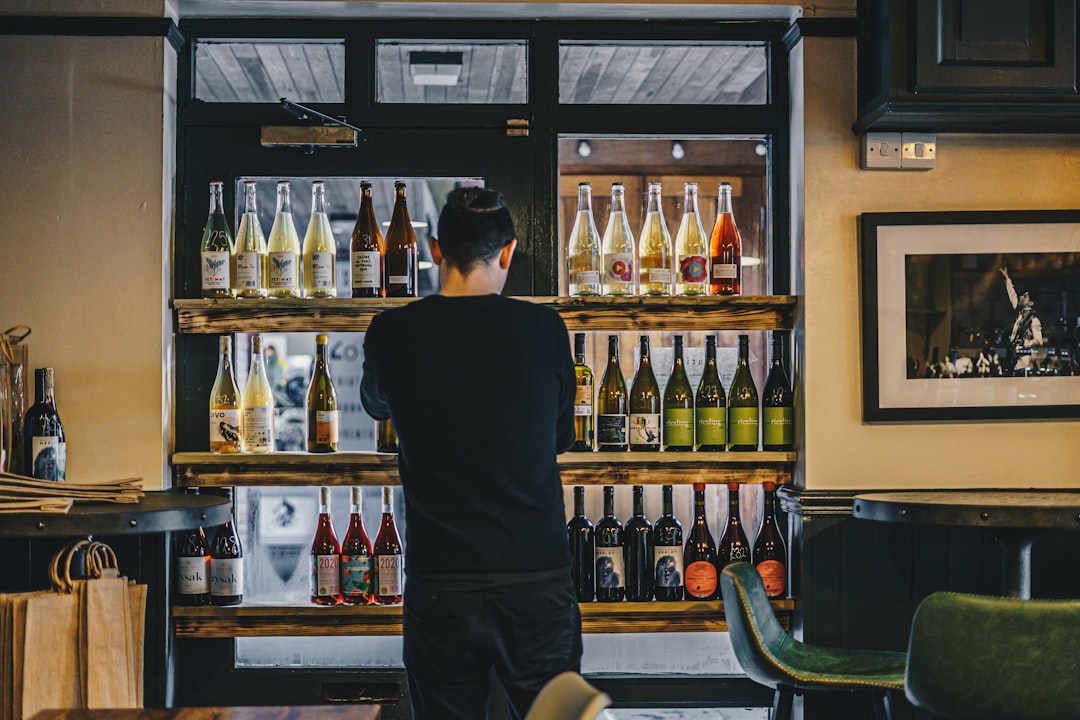
The best QR programs meet customers where they already are. In food and beverage, that means the package in their hand, the menu they are browsing, and the displays they notice at the point of decision. Even teams that already use QR codes often miss opportunities by deploying generic messages or reusing the same destination for every placement. The key is to align the content to the moment and to segment scans by context.
By matching placement to intent and measuring outcomes, food and beverage providers can turn every physical asset into a growth channel. Each scan supplies audience signals that inform media buying, creative testing, and product development.
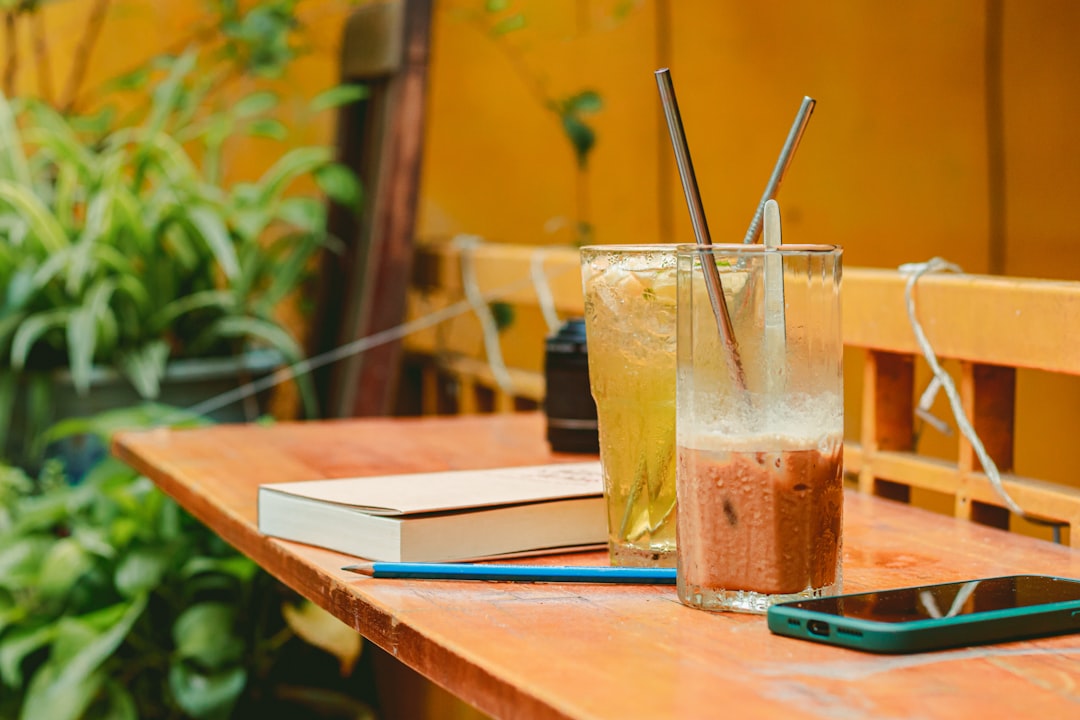
QR codes unlock a set of high-impact use cases that improve customer experience and capture valuable data. When designed with the consumer’s context in mind, these programs reduce friction and increase conversion across the full lifecycle.
Each scenario turns packaging from passive canvas into an active conversion and intelligence instrument. The result is higher engagement, richer first-party data, and better attribution for sales and marketing teams.
Every scan is a high-fidelity signal that reveals what the scanner wants, where they were, and when they engaged. By deploying distinct codes across touchpoints, you can create powerful audience segments that map to concrete behaviors and funnel stages. This is especially valuable in food and beverage, where anonymous trial and impulse buys can be difficult to track.
Start by distinguishing audiences based on who they are and what they need. For example, separate retail shoppers scanning at shelf from restaurant guests scanning a check presenter. Within retail, segment new trialists scanning a limited-edition flavor from long-term loyalists scanning reorder offers. For B2B, distinguish distributors who scan a sell sheet from restaurant operators scanning a wholesale catalog.
By retargeting based on real behavior, not assumptions, you reduce wasted impressions and increase the relevance of every touch. Over time, journey-based segmentation compounds performance as your models learn which signals predict conversion. For execution details, see Sona’s Playbook Intent-Driven Retargeting.
QR codes are connectors across your offline and digital efforts. When they appear consistently across packaging, retail, events, and media, they create a coherent path from interest to action while giving you attribution you previously lacked. Food and beverage providers can integrate QR programs without adding complexity by centralizing creation, routing, and analytics in one platform.
QR codes serve as the offline onramp to your digital marketing engine. With centralized management in tools like Sona QR, you can track performance across placements, update destinations as offers evolve, and sync scan data with your CRM and ad platforms for full-funnel visibility.
Start with a specific objective that ties to business value. For a ready-to-drink beverage, that might be a recipe contest on limited-edition cans that encourages repeat engagement and collects first-party data. For a restaurant group, it could be post-meal feedback via Google Forms that flows directly into your CRM and triggers a make-good if ratings fall below threshold.
Clarify the action you want the scanner to take and the outcome you will measure. Examples include store locator views, coupon redemption, loyalty sign-ups, or reorder subscriptions. When the goal is clear, it is easier to design a compelling call to action and to judge success against appropriate benchmarks.
Select static codes when the destination will not change and tracking is not required. Use dynamic codes for any campaign that needs tracking, mid-flight updates, or audience segmentation. In food and beverage, most marketing use cases benefit from dynamic codes because offers, disclosures, and inventory change frequently.
Consider the destination format that best serves the use case. Forms collect first-party data, web links deliver rich content, and SMS or email preloads frictionless actions. For B2B connections, vCards make it easy for retailers and distributors to save your contact information immediately.
Design for scannability first, then brand expression. Maintain sufficient contrast, a clear quiet zone, and a minimum size appropriate for the viewing distance. Add a clear, benefit-driven CTA near the code such as Scan for 15 Percent Off Your Next Order or Scan for Allergen Details. Reinforce the value so customers know exactly what they get by scanning.
Test across real-world conditions. Curved bottles, glossy labels, condensation, and low light can reduce success rates. Check multiple devices, angles, and distances. If your audience includes older devices, ensure the code and landing experience load quickly and look good on smaller screens.
Prioritize placements where intent is highest and attention is focused. On-pack labels, shelf talkers, check presenters, and case packs are prime real estate. For wholesale and food service, include QR on invoices, order guides, and sample packs to streamline reorders. Educate staff to point out the QR and explain the benefit to encourage scanning.
Use unique codes for each channel and placement so you can compare performance and optimize. A code on a bottle neck tag might outperform a back label due to visibility and lighting. Similarly, a window decal may drive more scans during weekends in urban locations. With segmented codes, you can double down on what works.
Measure more than scans. Track downstream actions such as page depth, coupon redemption, and loyalty enrollment to connect QR activity to revenue. Monitor performance by placement, creative, and geography. If one SKU’s packaging drives stronger engagement, analyze differences in CTA, color, or code placement and replicate the winning elements.
Adopt a test-and-learn cadence. A/B test landing page copy, incentives, and code framing. Rotate offers by region or retailer and use dynamic routing to match inventory or regulations. Platforms like Sona QR capture scan-level data, while Sona.com can attribute revenue by linking QR engagement to your broader buyer journeys.
Many providers focus on printing QR codes but stop at measuring scans. The real value comes from connecting scans to downstream outcomes such as loyalty sign-ups, store visits, or online purchases. This requires tagging each code, capturing context, and integrating with your analytics and CRM tools.
Start with a measurement plan. Decide which events matter and ensure your landing pages and forms track them accurately. Add UTM parameters to every code so you know which channel, placement, and creative drove the visit. Enrich your CRM with scan data so sales and marketing can prioritize follow-up and map journeys from package to purchase.
State-of-the-art analytics platforms deliver a unified view across physical and digital. With identity resolution and buyer journey mapping, you can finally demonstrate how QR-powered packaging and POS materials contribute to growth. This insight helps justify investments and guides continuous optimization.
Sustained success comes from consistent deployment, clear messaging, and smart automation. The more you instrument the journey, the more precise your campaigns become. Choose the practices that fit your mix of packaging, retail, and events, then standardize them across teams and partners.
Focus on tips that improve measurement and reduce friction. Unique codes by placement, UTM tagging, and staff education are foundational. When combined with automated follow-ups, these practices transform one-time scans into ongoing relationships.
Practical deployment examples include a QR on cold brew packaging that unlocks a reusable bottle discount, encouraging sustainable behavior while enabling measurable re-engagement. Restaurants can add QR codes to case orders or invoices to simplify supplier reorders and log demand patterns that inform production and fulfillment.
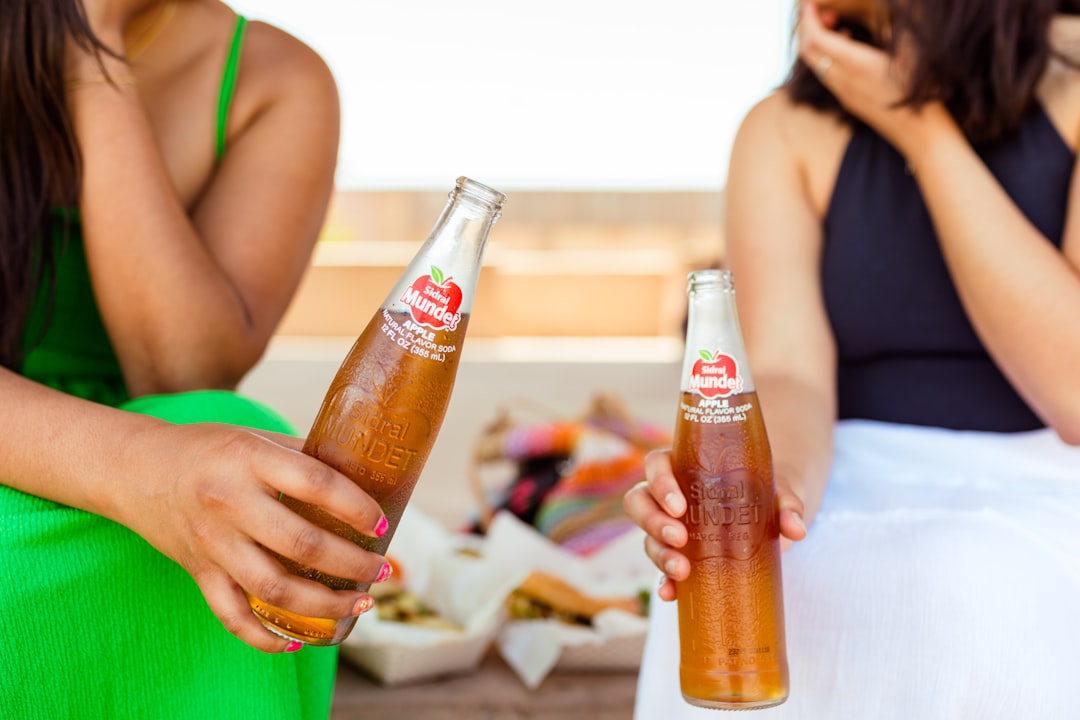
Food and beverage providers are already using QR codes to modernize packaging and increase conversion. These examples show how dynamic content and thoughtful placement create measurable returns while improving the customer experience.
Creative placements often outperform expected ones. Neck tags on bottles can outscan back labels due to visibility. Coasters and check presenters in restaurants drive high conversion to loyalty when paired with instant rewards. Window decals capture after-hours interest for store locator traffic, turning foot traffic into measurable leads.
Strong QR programs blend design, data, and operations. Great creative and CTAs matter, but scannability and compliance cannot be an afterthought. Likewise, printing a single code for all placements limits your ability to learn and optimize. Avoid these common missteps by following expert guidance and institutionalizing best practices.
Size, contrast, and placement drive scan success. So do real-world testing conditions like glare, curvature, and lighting. Educate retail partners and field teams on how to present QR codes and frame the value proposition. Finally, distinguish dynamic from static use cases so your campaigns can adapt to changes in regulation and consumer behavior.
QR codes have become more than a shortcut for food and beverage providers. They are a strategic lever for integrating offline and online experiences, improving compliance, and scaling customer engagement. They address persistent pain points such as missed prospects, anonymous traffic, and inconsistent messaging that limit growth and ROI. By pairing clear CTAs with dynamic routing, CRM integration, and journey-based tagging, you can convert every product and placement into a measurable marketing channel. With a platform like Sona QR to manage creation, tracking, and integrations, and Sona.com to connect scans to revenue through multi-touch attribution, teams can confidently bridge the physical and digital to deliver experiences that resonate, inform, and drive sustainable revenue growth. Start creating QR codes for free.
QR codes have revolutionized the food and beverage providers industry by transforming packaging into interactive, measurable engagement tools. From enhancing customer experiences with instant access to nutritional information and promotions to driving customer acquisition through personalized offers, QR codes turn every package into a dynamic touchpoint that deepens consumer connection and loyalty. Imagine knowing exactly which packaging designs spark the most repeat purchases and being able to optimize on the fly.
With Sona QR, you gain the power to create dynamic, trackable QR codes that update instantly—no need to reprint packaging. Every scan feeds real-time data into your marketing strategy, linking customer interactions directly to revenue growth and enabling smarter, more effective campaigns. Start for free with Sona QR today and transform your food and beverage packaging into a high-impact sales and engagement channel.
QR codes provide frictionless access to product education, loyalty programs, reorder options, and service by bridging physical touchpoints with digital engagement without requiring app downloads.
QR codes enhance product transparency, enable real-time content updates, support regulatory compliance, capture first-party data, and create trackable engagement that drives sales and customer loyalty.
They deploy dynamic QR codes on packaging and marketing materials to convert anonymous scans into known profiles, rotate offers by region or retailer, and track outcomes like repeat purchases and coupon redemptions.
Customers can access nutritional facts, recipes, allergen details, sourcing transparency, promotional offers, reorder or subscription flows, preparation videos, and product traceability information.
By integrating QR scan data with CRM systems, segmenting audiences by scan context, tracking engagement metrics, and automating personalized follow-ups, providers can generate first-party data and optimize campaigns.
Use Sona QR's trackable codes to improve customer acquisition and engagement today.
Create Your FREE Trackable QR Code in SecondsJoin results-focused teams combining Sona Platform automation with advanced Google Ads strategies to scale lead generation

Connect your existing CRM

Free Account Enrichment

No setup fees
No commitment required

Free consultation

Get a custom Google Ads roadmap for your business






Launch campaigns that generate qualified leads in 30 days or less.
